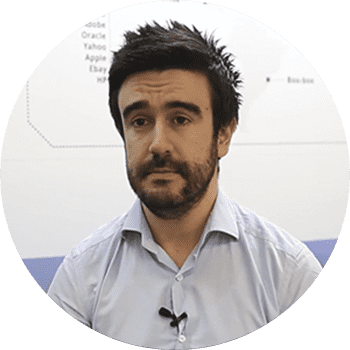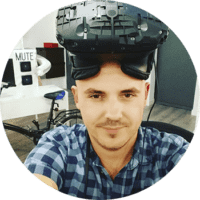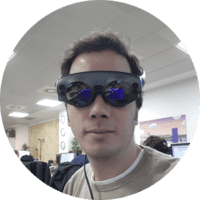MS in Graphic Computing, Virtual Reality and Simulation
Learn and broaden your knowledge in modeling and simulation of physical processes.

Need advice on what to study?
I'm Sonia and you can reach me to solve any question
Description
Pursuing this master’s program, you will learn the most advanced techniques of Extended Reality (Virtual Reality, Augmented Reality and Mixed Reality) for the latest devices on the market.
At U-tad, you will learn the different CFX and VFX simulation methods used in film, video games and engineering simulators. You will be trained in graphic rendering and in advanced virtual reality techniques, learn simulation optimization by programming GPUs, and program advanced physical animation techniques…
You will also delve into the use of graphics engines and the application of virtual reality techniques for video games, visual effects (CFX and VFX) or non-gaming applications.
Study with research and professional faculty and enjoy world-class networking.
Our study plans are revised and updated in collaboration with industrial committees formed by top companies in the industry (Acciona, Virtual Voyagers, Hp, Virtualware, Psious, 6DLab, Neurodigital, Iralta, Hikaru, Onirica VR, EstudioFuture, inMediaStudio, Seabery, Vive, Ludus, SGO, Coachity, Dreadhalls, Innovae), etc. This allows our students to leave with the best preparation and take a leap in their professional careers.
Study the most renowned master’s degree in the business!
This is an official master’s degree with high national and international recognition and which provides a route to a doctorate.
Career opportunities
- Experto en Simulación para Entornos VFX e Ingeniería
- Experto en Desarrollo y Diseño para Entornos de Realidad Virtual, Aumentada y Mixta
- Investigador/Doctorando de técnicas avanzadas de simulación
- Investigador/Doctorando de técnicas avanzadas de mundos inmersivos
- Programador de Simulación de Efectos y Realidad Virtual para Videojuegos
- Experto en Computer Graphics
Where our alumni work
The students of this master’s degree are prepared to participate in top level productions and are working in pioneering international companies in the fields of innovation and immersive realities.
Partner companies

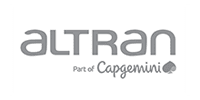




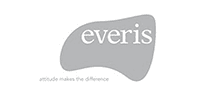




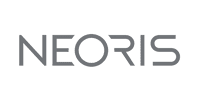







Study plan
- Location: Campus U-tad
- Hours: Executive (Thursday, Friday and Saturday)
- ECTS: 600 hours – October-June
- Language: Spanish
- Modality: In campus / Online
- Center Attached to: Camilo José Cela University
| COURSE NAME | ECTS | TYPE | DURATION |
| Hardware Devices | 3 | OB | 1st semester |
| Mathematical Fundamentals | 3 | OB | 1st semester |
| Projective geometry | 3 | OB | 1st semester |
| Numerical Methods | 3 | OB | 1st semester |
| Advanced Programming | 6 | OB | 1st semester |
| Simulation of Dynamic Systems and Complex Systems | 3 | OB | 1st semester |
| Use of Three-Dimensional APIs | 6 | OB | 1st semester |
| Development and Integration of VR solutions | 3 | OB | 1st semester |
| Concurrent Programming | 3 | OPI | 1st semester |
| Rendering and Realistic Visualization | 3 | OB | 2nd semester |
| Advanced Animation and Simulation | 6 | OPI | 2nd semester |
| Simulation of effects in video games | 6 | OPI | 2nd semester |
| Data Display | 3 | OB | 2nd semester |
| External Internships | 6 | OB | 2nd semester |
| MASTER’S THESIS | 9 | OB | 2nd semester |
Leyenda: Basic Training (B) | Compulsory (OB) | Electives (OP) | Obligatorias de Mención (OBM) | External Internships (PE) | Final Degree Project (TFG)
| COURSE NAME | ECTS | TYPE | DURATION |
| Hardware Devices | 3 | OB | 1st semester |
| Mathematical Fundamentals | 3 | OB | 1st semester |
| Projective geometry | 3 | OB | 1st semester |
| Numerical Methods | 3 | OB | 1st semester |
| Advanced Programming | 6 | OB | 1st semester |
| Simulation of Dynamic Systems and Complex Systems | 3 | OB | 1st semester |
| Use of Three-Dimensional APIs | 6 | OB | 1st semester |
| Development and Integration of VR solutions | 3 | OB | 1st semester |
| Augmented and Mixed Reality | 3 | OPI | 2nd Semester |
| Advanced Virtual Reality | 6 | OPI | 2nd Semester |
| Rendering and Realistic Visualization | 3 | OB | 2nd Semester |
| Virtual Reality Systems | 6 | OPI | 2nd Semester |
| Data Display | 3 | OB | 2nd Semester |
| External Internships | 6 | OB | 2nd Semester |
| MASTER’S THESIS | 9 | OB | 2nd Semester |
Leyenda: Basic Training (B) | Compulsory (OB) | Electives (OP) | Obligatorias de Mención (OBM) | External Internships (PE) | Final Degree Project (TFG)
Faculty

Laura Raya González
- Director of postgraduate courses in Virtual Reality, Professor
- Professor and Researcher
Students' projects and awards
Your Project: your best letter of recommendation
You will build your own portfolio of projects. Through these projects, you will learn to develop for the latest technologies and Virtual Reality devices: Oculus Rift, Oculus Quest, HTC Vive, Magic Leap, Windows Mixed Reality, Samsung Gear, DayDream, Novint Falcon, Play Station VR, Oculus Go, etc.Development of pressure contours for fluids in virtual surgery.
Students' feedback
Our students are pursuing successful careers, leading the exciting sector of VR, Computer Graphics and Simulation. Our training provides students with a truly high-quality and industry-recognized education from a professional staff who are paving the way in this technological era.



